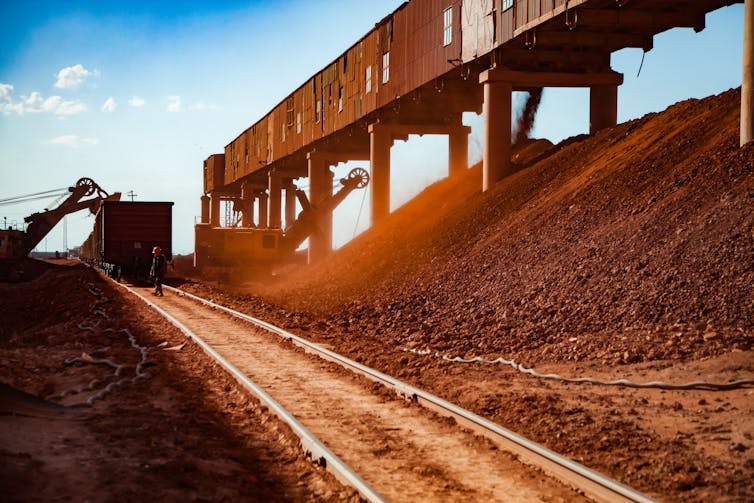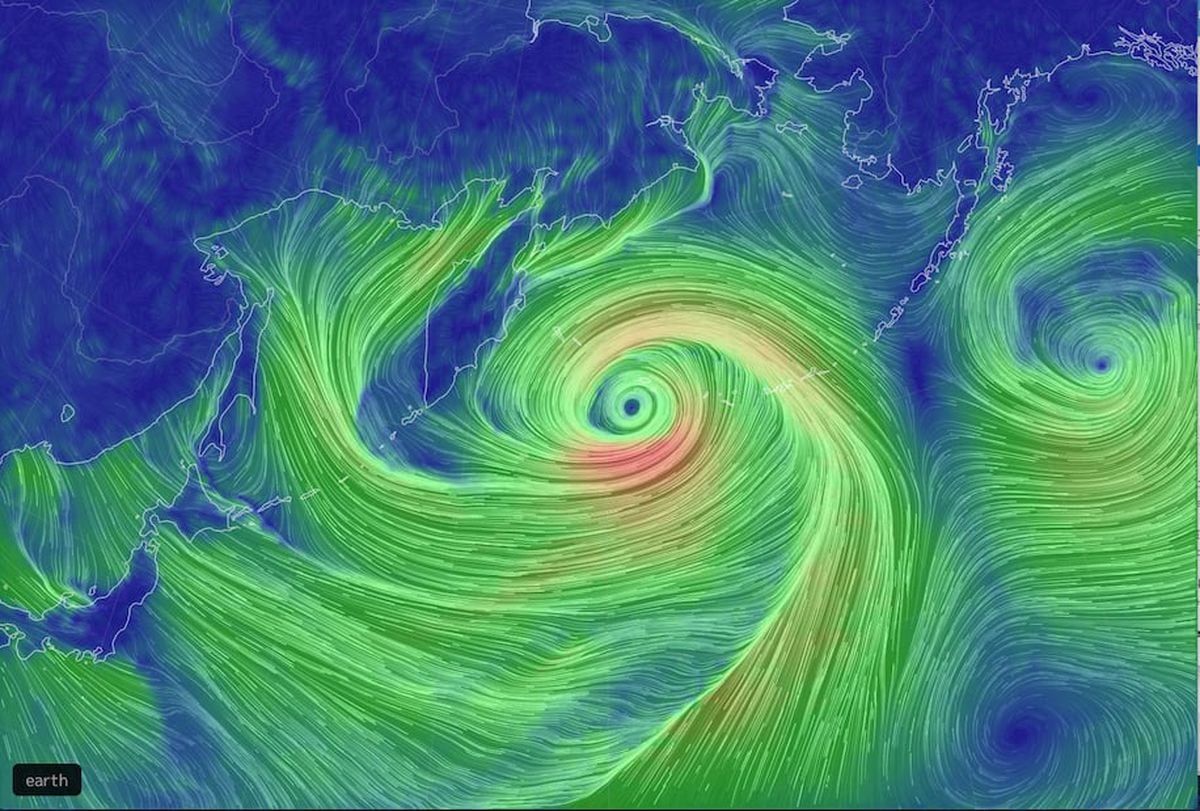Binance to delist Ripple’s XRP cryptocurrency due to SEC lawsuit
Photo: Marco Verch/Flickr
BY DUNCAN RILEY
Binance, the world’s largest cryptocurrency exchange by volume, today announced that it will delist Ripple Labs Inc.’s XRP cryptocurrency following a lawsuit filed against Ripple by the U.S. Securities and Exchange Commission alleging that the cryptocurrency is an unregistered security.
The announcement comes after Coinbase Inc. announced on Dec. 28 that it was also planning to suspend XRP trading in light of the SEC lawsuit again Ripple.
The SEC filing, which targets both Ripple and two of its executives — Christian Larson, the company’s co-founder and executive chairman of its board and former chief executive officer, and Bradley Garlinghouse, the company’s current CEO — alleges that XRP is an unregistered security.
Specifically, the SEC claims that Ripple raised capital to finance the company’s business beginning in 2013 through the sale of unregistered securities, XRP tokens, to investors in the U.S. and worldwide. The SEC alleges Ripple distributed billions of XRP in exchange for noncash considerations such as labor and market-making services, which is the key to its complaint.
Offering cryptocurrency is not illegal when the purpose is to provide a digital currency for trading, but per the Securities Act of 1933, any offer that involves funds being raised for a company must be registered as a security.
Binance said in a support article that its support for XRP will end on Jan. 13. While support for XRP including trading and deposits will be suspended, Binance users will still be able to withdraw XRP holdings from their Binance wallets.
Ripple continues to deny the allegations strongly. “XRP is a currency and does not have to be registered as an investment contract,” Garlinghouse previously said. “In fact, the Justice Department and the Treasury’s FinCEN already determined that XRP is a virtual currency in 2015 and other G20 regulators have done the same. No other country has classified XRP as a security.”
Coinbase and Binance are not alone in looking to delist XRP. According to Pyments.com, Bittrex and Crypto.com have also announced that they will delist XRP in light of the SEC lawsuit. Bittrex will delist XRP on Jan. 15, while Crypto.com will delist the cryptocurrency on Jan. 19.
Siam Blockchain suggests that XRP may just be the beginning when it comes to the SEC targeting so-called “stable coins” or similar tokens, noting that Tether and USDT may also be targeted soon.
At a time where bitcoin continues to hit record highs, XRP investors have been hit hard. After having traded as high as 68.43 cents in November, XRP was trading at 20.814 cents as of 8:45 p.m. EST.
Binance, the world’s largest cryptocurrency exchange by volume, today announced that it will delist Ripple Labs Inc.’s XRP cryptocurrency following a lawsuit filed against Ripple by the U.S. Securities and Exchange Commission alleging that the cryptocurrency is an unregistered security.
The announcement comes after Coinbase Inc. announced on Dec. 28 that it was also planning to suspend XRP trading in light of the SEC lawsuit again Ripple.
The SEC filing, which targets both Ripple and two of its executives — Christian Larson, the company’s co-founder and executive chairman of its board and former chief executive officer, and Bradley Garlinghouse, the company’s current CEO — alleges that XRP is an unregistered security.
Specifically, the SEC claims that Ripple raised capital to finance the company’s business beginning in 2013 through the sale of unregistered securities, XRP tokens, to investors in the U.S. and worldwide. The SEC alleges Ripple distributed billions of XRP in exchange for noncash considerations such as labor and market-making services, which is the key to its complaint.
Offering cryptocurrency is not illegal when the purpose is to provide a digital currency for trading, but per the Securities Act of 1933, any offer that involves funds being raised for a company must be registered as a security.
Binance said in a support article that its support for XRP will end on Jan. 13. While support for XRP including trading and deposits will be suspended, Binance users will still be able to withdraw XRP holdings from their Binance wallets.
Ripple continues to deny the allegations strongly. “XRP is a currency and does not have to be registered as an investment contract,” Garlinghouse previously said. “In fact, the Justice Department and the Treasury’s FinCEN already determined that XRP is a virtual currency in 2015 and other G20 regulators have done the same. No other country has classified XRP as a security.”
Coinbase and Binance are not alone in looking to delist XRP. According to Pyments.com, Bittrex and Crypto.com have also announced that they will delist XRP in light of the SEC lawsuit. Bittrex will delist XRP on Jan. 15, while Crypto.com will delist the cryptocurrency on Jan. 19.
Siam Blockchain suggests that XRP may just be the beginning when it comes to the SEC targeting so-called “stable coins” or similar tokens, noting that Tether and USDT may also be targeted soon.
At a time where bitcoin continues to hit record highs, XRP investors have been hit hard. After having traded as high as 68.43 cents in November, XRP was trading at 20.814 cents as of 8:45 p.m. EST.
Coinbase sued by US California federal court for illegal XRP sales
CRYPTOS | Dec 30 2020,
Following the SEC's lawsuit against Ripple, Coinbase has been sued by the California federal court for illegal XRP sales.
Coinbase has recently applied to conduct an IPO and which could be affected by the lawsuit.
The United States District Court Northern District of California has filed a lawsuit against Coinbase for the violation of the unfair competition law, alleging the exchange was selling XRP which is an unregistered security, and taking commissions from the sales.
The main idea behind the lawsuit is that Coinbase somehow knew that XRP was not a commodity and falsely represented it as such. However, considering that the SEC has just sued Ripple to clarify this exact question, it's hard to understand how Coinbase would know beforehand.
Additionally, the complaint states that Coinbase knew about XRP being a security because of his technological integration into XRP's nodes. It also accuses Coinbase of being unfair because selling XRP securities allowed the exchange to gain a competitive advantage over other exchanges that only sold commodities.
Anderson Kill partner Stephen Palley thinks the lawsuit will most likely fail as he sees a couple of issues with it. Palley stated that it is not a huge risk to Coinbase compared to SEC enforcement.
Following the SEC's lawsuit against Ripple, Coinbase has been sued by the California federal court for illegal XRP sales.
Coinbase has recently applied to conduct an IPO and which could be affected by the lawsuit.
The United States District Court Northern District of California has filed a lawsuit against Coinbase for the violation of the unfair competition law, alleging the exchange was selling XRP which is an unregistered security, and taking commissions from the sales.
The main idea behind the lawsuit is that Coinbase somehow knew that XRP was not a commodity and falsely represented it as such. However, considering that the SEC has just sued Ripple to clarify this exact question, it's hard to understand how Coinbase would know beforehand.
Additionally, the complaint states that Coinbase knew about XRP being a security because of his technological integration into XRP's nodes. It also accuses Coinbase of being unfair because selling XRP securities allowed the exchange to gain a competitive advantage over other exchanges that only sold commodities.
Anderson Kill partner Stephen Palley thinks the lawsuit will most likely fail as he sees a couple of issues with it. Palley stated that it is not a huge risk to Coinbase compared to SEC enforcement.














/cdn.vox-cdn.com/uploads/chorus_image/image/68599798/1230359489.7.jpg)


